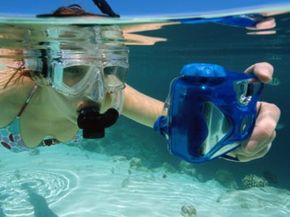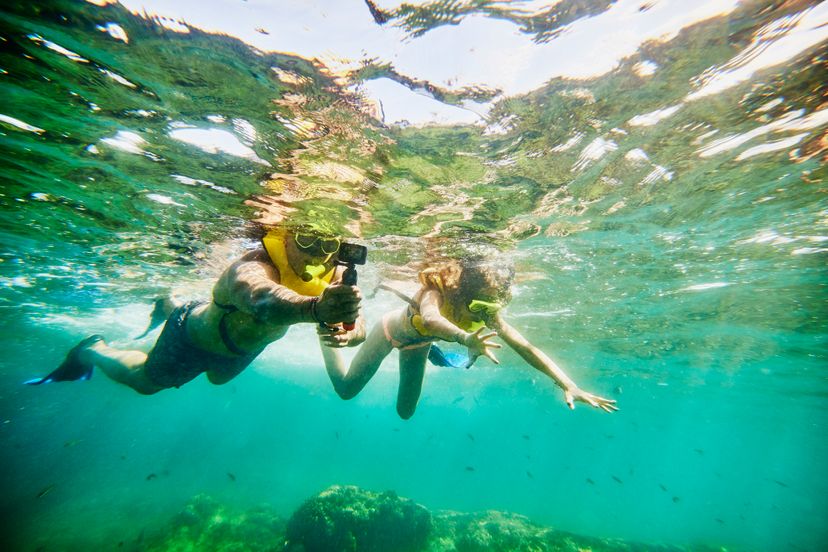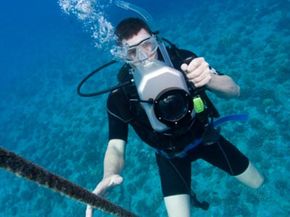Words like gobies, jawfish, ribbon eels and ghost pipefish might sound like creatures out of fantasy fiction. However, what may sound like beasts from the land of make-believe are actually real critters from perhaps the last fully unexplored territory on Earth -- the ocean.
About 70 percent of the Earth is ocean, and, for adventurers, this represents the chance to seek out rarities and get close to coral reefs, sharks and other water wonders. And for those same adventurers who like to return to land with treasure, underwater photography is the means to claiming their booty in the form of photos.
Advertisement
Besides the challenges of learning photography and the need to focus on water safety, shooting in the water can be very difficult. First, water pressure, which gets stronger the deeper you go, "pushes" on your equipment and will most likely ruin it if it's not properly protected. Secondly, water creates optical challenges, such as distortion from magnification, as well as the loss of color and contrast that comes from a lack of sunlight. In fact, the deeper you are, the less natural light is available, which means warm colors -- reds and yellows -- begin to fade. You're often left with only blues and greens.
But if it were easy, everyone would do it, and the good news is that you can learn to overcome these challenges, arm yourself with waterproof equipment and get some prizewinning shots. You'll end up an explorer in your own right, and you can join other adventurers in plotting out this unknown underwater world.
In this article, you'll learn the basics of underwater photography, such as the gear you'll need, helpful tips and tricks, maintenance, and how to work with your photos. Dive into the next page to learn about whether film or digital is best for underwater photography.
Advertisement




